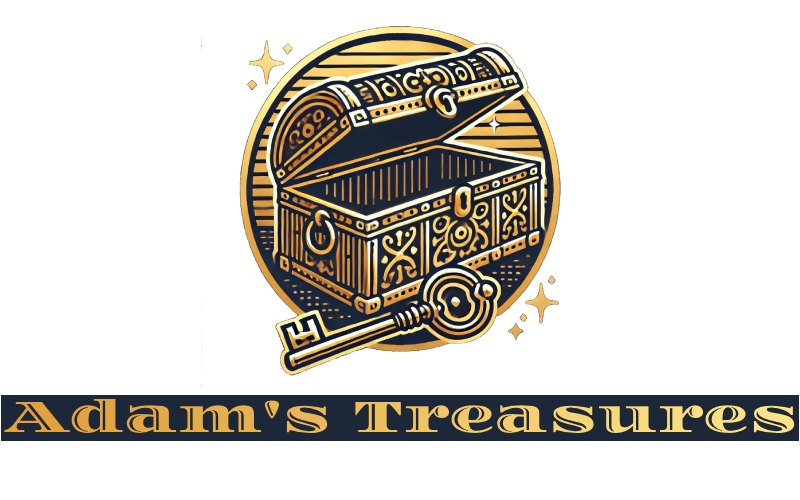Creating a professional-grade toolbox is essential for anyone serious about DIY projects, home repairs, or even starting a trade. However, the idea of building such a toolbox can be daunting, especially when considering the potential cost of high-quality tools. The good news is that with a bit of strategy and careful planning, you can assemble a top-notch toolbox without overspending. This guide will walk you through the process of selecting the right tools, finding the best deals, and ensuring that your toolbox meets professional standards while staying within your budget.
Prioritizing Essential Tools
When building a toolbox on a budget, it’s crucial to start with the basics. Identify the core tools that are essential for your most common tasks. These typically include a hammer, screwdrivers, pliers, wrenches, and a tape measure. These tools are the foundation of any toolbox, and investing in durable, reliable versions of these items should be your first priority. Instead of splurging on a complete set of every tool imaginable, focus on the ones you know you’ll use regularly. Gradually, you can add more specialized tools as needed.
To maximize your budget, consider purchasing tools individually rather than in pre-assembled sets. While sets may seem like a good deal at first glance, they often include tools that you might never use. By selecting individual tools, you can tailor your toolbox to your specific needs, ensuring that every tool you purchase is worth the investment.
Shopping Smart: Where to Find Quality Tools at Lower Prices
One of the best ways to build a professional-grade toolbox on a budget is to shop smart. Start by looking for sales, discounts, and clearance events at hardware stores and online retailers. Seasonal sales and holiday promotions can offer significant savings on high-quality tools. Additionally, consider exploring second-hand options such as garage sales, estate sales, and online marketplaces. Many professionals sell gently used tools when upgrading their own equipment, and these tools can often be purchased at a fraction of the cost of new ones.
Another strategy is to buy from reputable brands known for their durability but avoid the premium models that are often marketed to professionals. Many brands offer budget-friendly lines that provide excellent performance without the high price tag. It’s also worth considering refurbished tools, which are often restored to like-new condition and come with warranties, offering the best of both worlds: quality and affordability.
Maintaining and Upgrading Over Time
Building a professional-grade toolbox is not a one-time project; it’s an ongoing process. As you grow your collection, focus on maintaining your tools to extend their lifespan. Regular cleaning, sharpening, and proper storage can keep your tools in top condition, ensuring that they perform well and last longer. This maintenance routine not only saves you money on replacements but also ensures that your toolbox remains professional-grade.
As you continue to work on various projects, you’ll naturally identify additional tools that could enhance your capabilities. When your budget allows, start adding these tools one at a time, prioritizing those that will provide the most significant benefits to your work. By upgrading gradually, you can maintain your budget while steadily improving the quality and versatility of your toolbox.
Conclusion
Building a professional-grade toolbox on a budget is entirely achievable with the right approach. By prioritizing essential tools, shopping smart for deals and second-hand options, and maintaining your tools over time, you can create a high-quality toolbox without overspending. Remember, the key to a successful toolbox isn’t just about having the most expensive tools, but rather having the right tools that are well-maintained and ready for any task. With careful planning and a focus on quality over quantity, you’ll be well on your way to assembling a professional-grade toolbox that serves you well for years to come.

